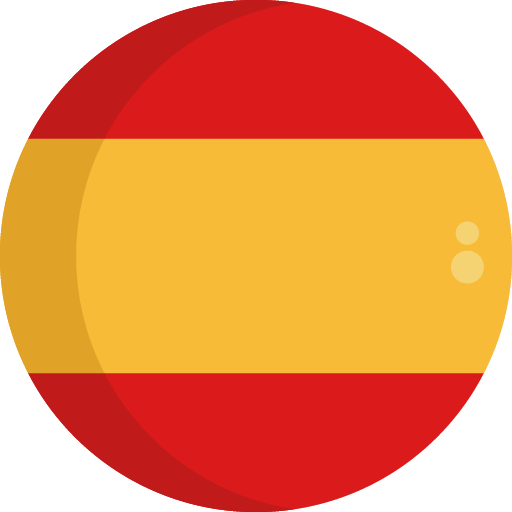Section 26
John's testimony about himself to the priests and Levites
Bethany on the east side of the Jordan River
Notes
Jordan River
The name Jordan, or yarad in Hebrew, means “to go down...to descend.” From the time it leaves its main sources at the foot of Mount Hermon, it drops 2,600 feet to the Dead Sea, the lowest point on the earth’s surface. Its course follows the largest fault zone on earth, the Great Rift Valley, which begins in Turkey and extends to East Africa.
The melted snows from Mount Hermon which spring forth at Dan and Caesarea Philippi are the main source of the river. As the river runs down toward the Sea of Galilee, the volume of water increases as several small tributaries and springs contribute to the flow. About 264 billion gallons of water flow through the Jordan River each year.
After the Jordan River exits the southern end of the Sea of Galilee, it meanders 125 miles (although the distance in a straight line is only 65 miles) to the Dead Sea. The depth of the river varies with the season as well as by region. At some points it is as shallow as three feet, in other places 10 to 12 feet. In the spring, however, the Jordan used to be “at flood stage all during the harvest” (Joshua 3:15). Today about 90 percent of the Jordan flow has been diverted for domestic or agricultural use.
The southern part of the Jordan attracts few tourists because it straddles Israel and the country of Jordan. Just above the Dead Sea, across from Jericho, near what the Bible calls “Bethany beyond the Jordan,” John baptized Jesus in the Jordan River (John 1:28).
Photos
Videos
Bethany on the east side of the Jordan River
Footnotes
John 1,23
Isaiah 40:3



















